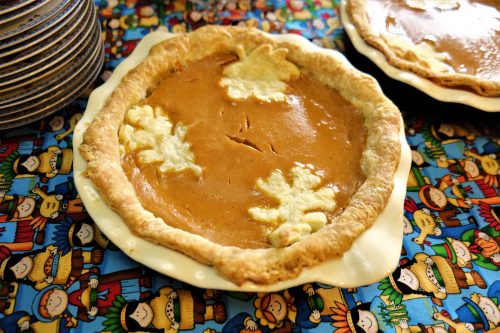Learning How to Say Thank You
On the Sunday before Thanksgiving, we went out to eat with friends as we usually do on Sundays. One of the ladies was accompanied by her teenage grandson. I was impressed with his manners. Ray and I almost always stay longer chatting after church than the others in our lunch bunch, so we were the last ones at the restaurant as usual. When I arrived at my chair, which happened to be beside him, he stood up. He remembered my name from his grandmother’s introducing us at church. He remembered it and addressed me by name.
Isn’t this exactly the kind of impression we want our children to make? Rather than our being embarrassed by their rudeness, we want others to notice their excellent behavior.

When we wrote out our list of homeschooling objectives back in 1994, the first five were:
- Be faithful to Jesus.
- Care about others and show it in concrete ways.
- Be responsible adults.
- Love the church and build it up.
- Have good etiquette and manners.
Manners are an important part of that second objective of caring about others and showing it in concrete ways. Many parents start early teaching their children to say please and thank you. Learning to use those three words is an essential part of training children. Along with training children to say those words, we have the additional opportunity to train their hearts. The best “pleases” come from humble hearts. The best “thank yous” come from grateful ones.
As our children mature, their thank yous need to expand into paragraphs of gratitude. The two words “thank you” are appropriate when a stranger hands me something I have dropped, but, even then, it is sometimes even more appropriate to expand our response to, “Thank you, kind sir,” or “Thank you, ma’am. I appreciate that so much.” I love the line in The Andy Griffith Show when Malcolm Merriweather, the tourist from England, says, “Aren’t you kind! Aren’t you kind!”
Some deeds of kindness merit even more than a “Thank you, kind sir.” Sometimes a more appropriate response to a gift of time or effort or of an object is a paragraph of gratitude. Thoughtful, multi-sentence thank you notes are good practice for expressing paragraphs of gratitude. Face-to-face paragraphs are, too.
Counting our blessings can prompt paragraphs of gratitude both to people we see day in and day out and to the Creator of the universe. The psalms aren’t paragraphs. They are poems, but reading those poems can inspire us to express our own paragraphs of gratitude. The psalm most associated with Thanksgiving Day is Psalm 100. The writer of this psalm could have ignored what God had done and not said thank you at all. Or he could have said simply, “Thank you.” He chose instead to express many words of gratitude:
Shout joyfully to the Lord, all the earth.
Serve the Lord with gladness;
Come before Him with joyful singing.
Know that the Lord Himself is God;
It is He who has made us, and not we ourselves;
We are His people and the sheep of His pasture.
Enter His gates with thanksgiving
And His courts with praise.
Give thanks to Him, bless His name.
For the Lord is good;
His lovingkindness is everlasting
And His faithfulness to all generations.
Psalm 100

